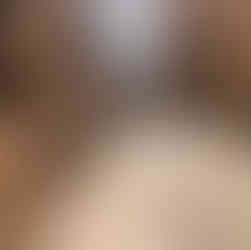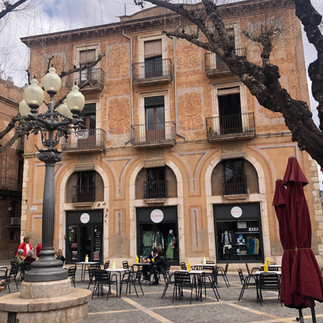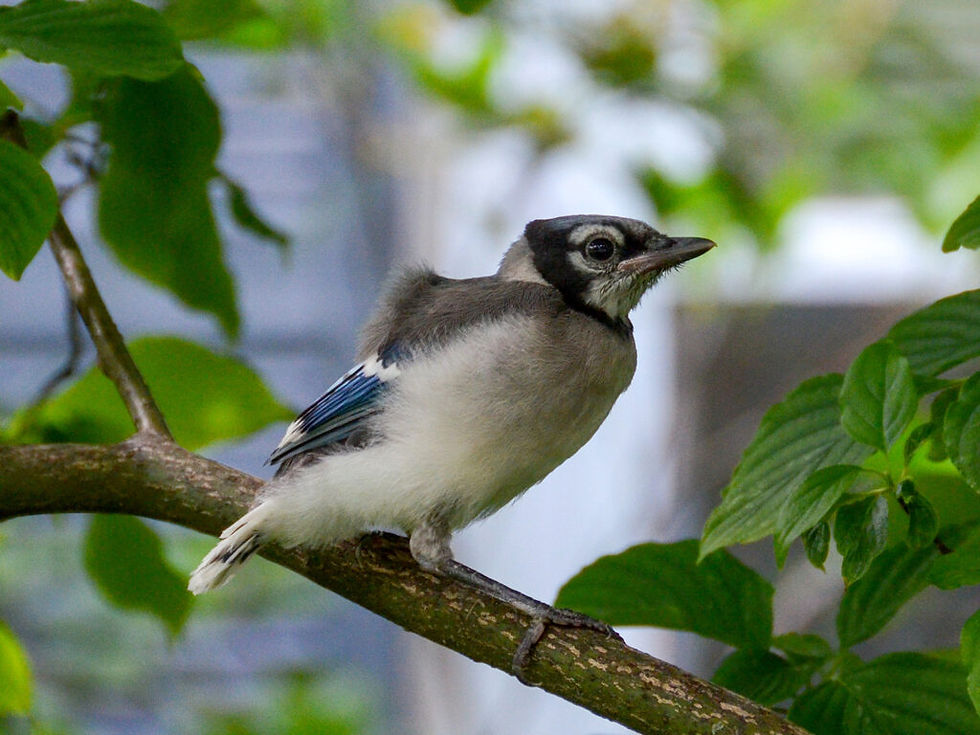Travel: Catalan Mountainous Villages 3/17-18/2023 , Tarragona Spain
- Lili Naveh
- Mar 18, 2023
- 5 min read
Continuation of the trip which started on
The H 10 Imperial in Tarragona to which we checked in on Friday (3/17) was fully booked on Saturday, so that was a great occasion to take an excursion to the near-by monotonous zone of Catalunya, and visit few of the historical villages located only about an hour drive away.
The mountain ridge seen from Tarragona
Map of the Excursion to: Sirana, Prades, Ponlet and Motblanc

Driving from Tarragona toward the Mountains

Views of the Catalan Pre-Coastal Range: Montsant mountain range,
the Gritella mountain range and
the Mountains of Prades, unfolded, a blossom of Almond trees, Olive tree groves, and spread of vineyards (the mountain region is a famous red wine-producing zone; some of the best vineyards are located there)
and colorful dramatic cliffs
Siurana Village (Tarragona Region)


This incredibly picturesque small village is situated up high at the top of an escarpment in the Prades Mountains, overlooking the Siurana Reservoir , within the the Cornudella de Montsant region which offers spectacular views from every corner, of the vilage's mountain summit.

Conquered by the Muslim Umayyads Siurana was a defensive point and impassable border with the Islamic world. It was the last Moorish stronghold in Catalonia that fell at last in 1153 after the more important bastions of Lleida and Tortosa had fallen.
A memorial cross was erected in 1953 to commemorate the reconquest of Siurana in 1153,( 800 years before ) the last Muslim enclave to fall to the Christians in Catalonia.
Remains of the Moorish castle are in full view

Cobbled streets, stone low houses, 3 restaurants/bars and Romanesque church. built after Berenguer IV's troops conquered Siurana, are all there is there





Siurana village attracts tourists to the area for its views of surrounding valley. historical relevance, hiking/trekking, kayaking, wine or tastings. but most for its extreme Rock Climbing possibilities,
The colorful dramatic limestone cliffs around the village are popular among sport climbers from around the world due to the wide range of climbs up to grade 9b (5.15b), including internationally renowned sport climbs such as La Rambla.
The development of Siurana as one of the world's leading climbing destinations has been attributed to Toni Arbones

+++++++++++++++++
Prades - The Red Village

Located in a high altitude of the Padres mountains, this small historic village with the typical red stone t gives its nickname of the Red Village.



It is very cold in the winter, but popular as a tourist spot in the summer.
The main monuments are castle and 12C medieval defensive which dates to the Moorish period walls, Gothic Santa Maria church as well as the Ermita de l'Abellera shrine located in an escarpment, outside the town's perimeter.
Also here tourist are attracted to the historic past, hiking and mountain biking
++++++++++++++++++++
Sleeping at Poblet Monastery - Royal Abbey of Santa Maria de Poblet

Poblet Monestary is a UNESCO world Hermitage site since 1992
and is in Poblet Nature Park area and near by the small village of l'Espluga de Francoli
Founded in 1151 by monks from France, this austere, majestic monastery, from the crusaders era, is situated at the foot of the Prades Mountains and is surrounded by planted vineyards.


It is one of the largest and complete Cistercians Abbey i(a Catholic religious order of monks s that branched off from the Benedictines) n Catalonia and Spain.,and its extraordinarily importance is in terms of art, culture, history and spirituality and for its key role in the repopulation and agricultural exploitation of New Catalonia under the Crown of Aragon.

It was built . in the 12th - 15th C around a church that dates to the 13th and is impressive for the majesty of its architecture (main architect was Arnau Bargués) and includes a fortified royal residence, as well as the pantheon of the kings and queens of Catalonia and Aragon.

The Monastery compound is structured as three enclosures, surrounded by a defensive wall. buildings from the 16th c storehouses, workshops, housing for lay workers, Gothic chapel of Sant Jordi, built in 1452. Plaça Major with its remains of the hospital for the poor, the Romanesque chapel of Santa Caterina and the treasury. also church , cloister and monastic rooms Its library and scriptorium were well known from the 13th century on-wards for their works on law and history, and the monastery served as a custodian of the history of the dynasty as well as the Royal remains.
A community of more than 30 monks still lives in it, which gives it authenticity when one tries to envisage the particularities of the monastic life.
The name of the hotel we stayed in:

Hostatgeria - Monestir de Poblet - Guest House
Within the famous monastery.'s compound this mosdest hotel/guesthouse was inaugurated in 2010 and built on the same site as the former 13th-century paupers' and pilgrims' hospital.

It has 42 modern, a restaurant, cafeteria, lounge, library, chapel and shop specializing in local products.
The stay was comfortable and it was reasonably priced , however the fix menu at the restaurant offered their specialties of Rabbit and Pigs for dinner which curbed our appetite and the Wi-Fi in the rooms didn't work.

Cistercian Triangle Route
Poblet monastery is the first of 3 sister monasteries, known as the
Cistercian triangle, that helped consolidate power in Catalonia in the 12th c.
The other two are Vallbona de les Monges and Santes Creus.

The Way of the Cistercian Route forms part of the large European network of signposted footpaths and it is the only trail linking the3 (mentioned above) most outstanding Cistercian Order monasteries in Catalonia.
The route is circular with a total of 105 km and 108 km for cyclists.
+++++++++++++++++++++
Montblanc Village


An authentic walled-in quaint Medieval village within the Prades Mountains, with its best preserved historic old quarter is an interesting cultural designation for tourists


Notable constructions includes Gothic churches 14-16C ( Santa María la Mayor)
And Gothic civil buildings such as the Royal Palace (14th century), the Castlà Palace (15th C), the Alenyà House the Desclegue House (16th cy), and the Josa House (medieval). also in Plaza Mayor
On Placa Mayor
Maties Palau Ferré (1921-2000), painter and sculptor, disciple of Pablo Picasso, was born and died in Montblanc.
On the main road - Carrer Major,
At the Art Gallery in the old center
Carrer Major, 77, 678 61 11 70

Strangely we stumbled upon Art Gallery of Natalia Ferre
Craftwork/Artisan trades, Pottery, ceramics and porcelain
Her work has been exhibited at art fairs, ceramics festivals, salons and art galleries in several countries such as Netherlands, Germany, France, Italy, United Kingdom, United Arab Emirates and Taiwan






Rafael Andreo Confiteria-Mntblanc
Carrer Major, 55,
Fantastic pastries shop
To be Continued...









































































































Comments